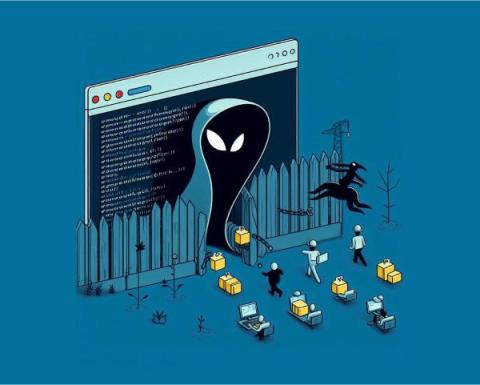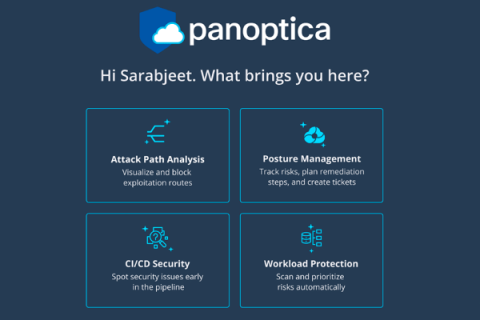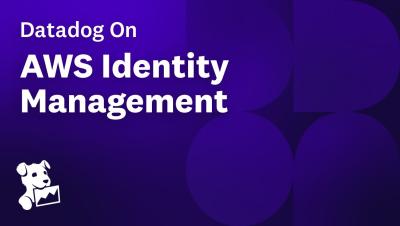Security | Threat Detection | Cyberattacks | DevSecOps | Compliance
Application Security
The latest News and Information on Application Security including monitoring, testing, and open source.
How Malicious Code Enters Applications
As the backbone of modern business operations, applications are frequently targeted by sophisticated malicious threats. In this blog post, we provide a high-level overview of how malicious code can enter your software applications. We look at different forms of malicious code, their entry points, practical tools and strategies for detection & prevention, focusing on innovative solutions.
Breaking News: Panoptica Unveils Seamless Onboarding Experience!
The Ins and Outs of Application Security Policy
A policy, by definition, is a statement of management intent that is mandatory for an organization. A security policy, obviously, focuses on the security of information assets.
Datadog Cloud Security Management updates #shorts #datadog
Datadog on AWS Identity Management
Secure your web apps running on Azure App Service with Datadog Application Security Management
Azure App Service is a platform-as-a-service (PaaS) commonly used to deploy applications and APIs, as well as functions, mobile apps, and more. It provides flexibility and reliability when deploying new applications and infrastructure, but it also introduces new security risks to your system. In particular, reduced visibility into the infrastructure and deployment of your application leads to a greater chance of application vulnerabilities being exploited by an attacker.











